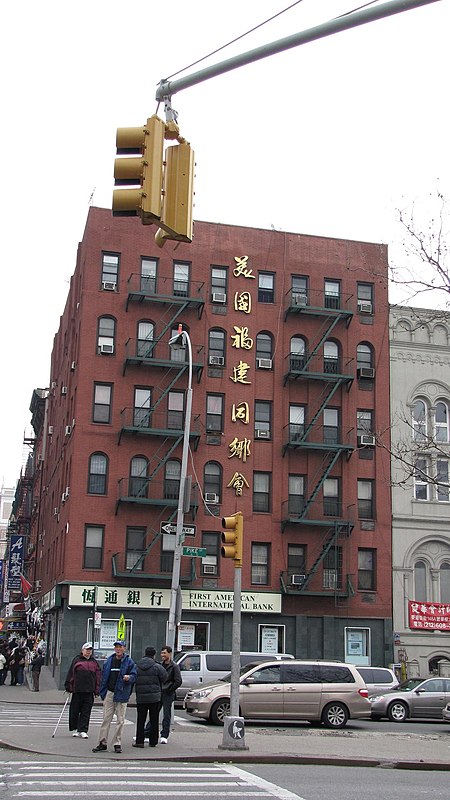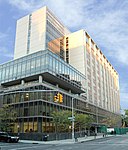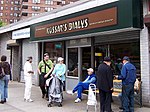Little Fuzhou

Little Fuzhou is a neighborhood in the Two Bridges and Lower East Side areas of the borough of Manhattan in New York City. Little Fuzhou constitutes a portion of the greater Manhattan Chinatown, home to the highest concentration of Chinese people in theWestern Hemisphere. Manhattan's Chinatown is also one of the oldest Chinese ethnic enclaves. The Manhattan Chinatown is one of nine Chinatown neighborhoods in New York City, as well as one of twelve in the New York metropolitan area, which contains the largest ethnic Chinese population outside of Asia, comprising an estimated 893,697 uniracial individuals as of 2017. Starting in the 1980s and especially in the 1990s, the neighborhood became a prime destination for immigrants from Fuzhou, Fujian, China. Manhattan's Little Fuzhou is centered on East Broadway. However, since the 2000s, Chinatown in the neighborhood of Sunset Park became New York City's new primary destination for the Fuzhou immigrants, surpassing the original enclave in Manhattan.
Excerpt from the Wikipedia article Little Fuzhou (License: CC BY-SA 3.0, Authors, Images).Little Fuzhou
East Broadway, New York Manhattan
Geographical coordinates (GPS) Address Website Nearby Places Show on map
Geographical coordinates (GPS)
| Latitude | Longitude |
|---|---|
| N 40.714444444444 ° | E -73.987777777778 ° |
Address
BrieHost
East Broadway
10002 New York, Manhattan
New York, United States
Open on Google Maps








